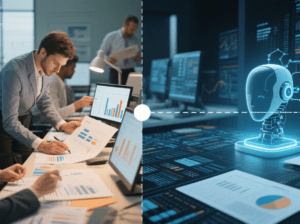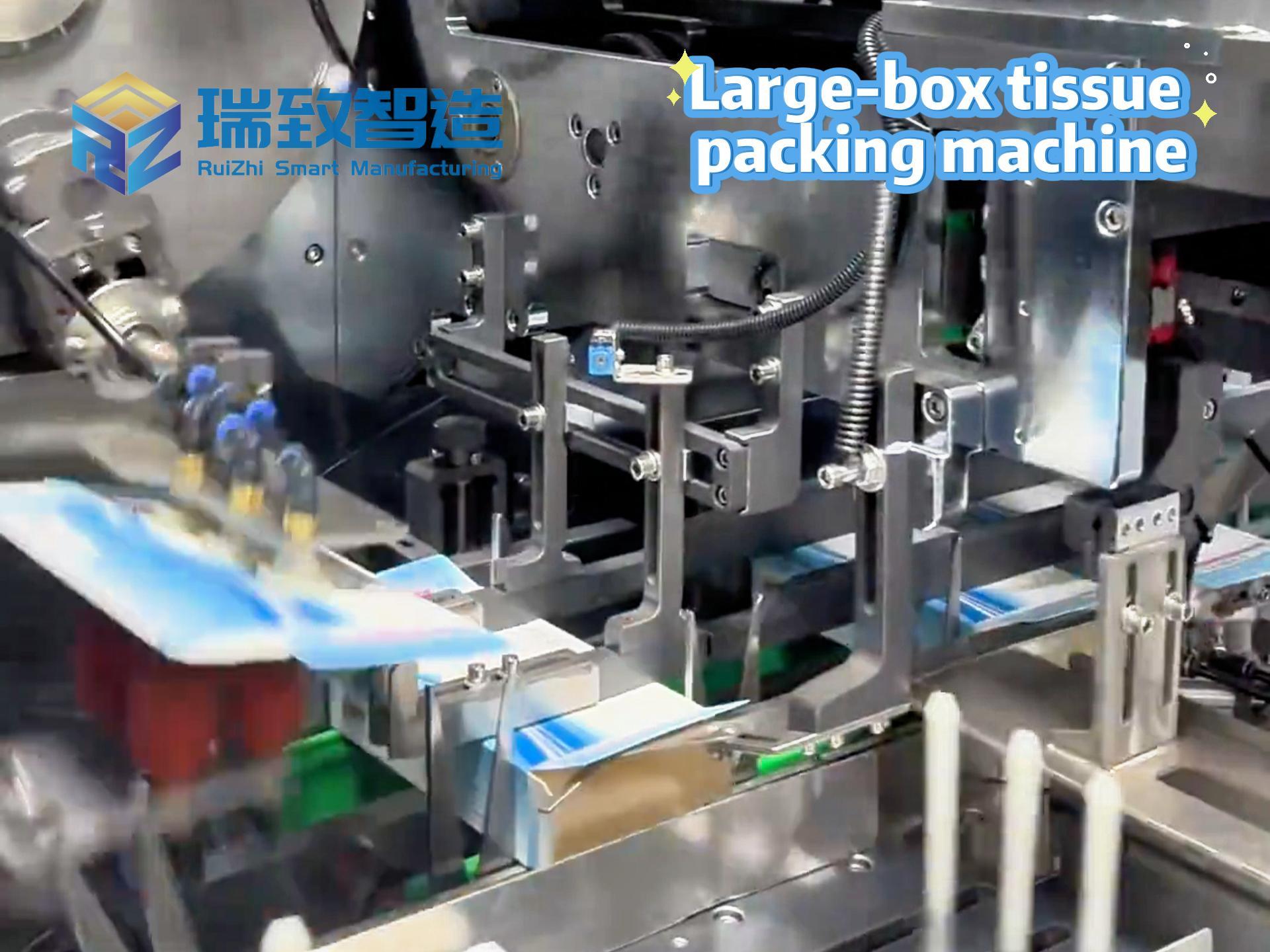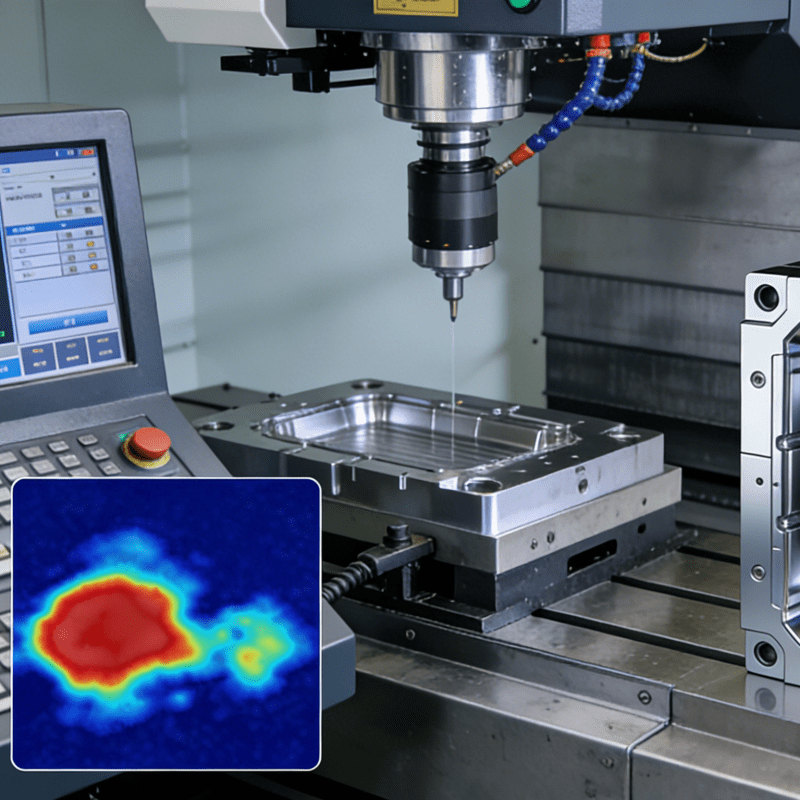As organizations race to build resilience and agility, business intelligence (BI) is evolving into an AI-driven, forward-looking discipline—focused on automated insights, trusted data, and a robust data culture.
For decades, BI was defined by static dashboards: rear-facing tools that merely reflected the past. It relied on dedicated analysts to wrangle historical data into reports, leaving executives to review yesterday’s performance. Today, that model is obsolete. Fueled by cloud computing, exploding data volumes, and advances in AI, BI has transformed from a retrospective tool into a proactive, predictive, and increasingly autonomous engine for decision-making.
“Modern BI isn’t about rearview mirrors—it’s about satellite navigation systems,” says Maurizio Garavello, senior vice-president for Asia-Pacific and Japan at Qlik. “Traditional dashboards gave us hindsight. Now, BI delivers foresight, context, and even autonomy. We’re moving from dashboards to decisions, from tools you log into to intelligence that stays with you.”
This shift is reshaping industries. Experts agree: BI’s purpose now extends beyond reporting. It empowers everyone—from C-suite leaders to frontline staff—to not just understand data, but to interact with it, question it, and use it to shape what comes next.
Business Drivers for Modern BI
The adoption of modern BI is fueled by urgent needs. In today’s volatile world, leaders can no longer rely on gut instinct. “They need timely, trusted data to make critical decisions with confidence,” says Nate Nichols, vice-president of product at Tableau.
Organizations also turn to BI to build resilience amid uncertainty. “Whether optimizing operations, enhancing customer experiences, or navigating supply chain shocks, analytics let them respond faster and smarter,” notes Garavello.
And as businesses strive to do more with less, BI identifies inefficiencies to boost productivity and cut costs, adds Luca Spinelli, ASEAN managing director at SAS
These benefits deliver tangible results:
CIMB Singaporeused SAS Viya to unify customer data, slashing time spent hunting for data—from 80% of employees’ workdays to just 20%—while unlocking deeper customer insights.
Nissin Foods Holdings(Japan) modernized data systems with Qlik, transforming inventory planning to enable real-time decisions and a data-driven culture.
In India, IBM partnered with the State Bank of Indiato cut report generation from days to minutes, delivering real-time operational insights.
The Analytics Maturity Journey
To achieve such outcomes, organizations progress through stages of analytics maturity—each building value by moving from describing the past to prescribing action. Patrick Kelly, senior director at Databricks, outlines the path:
Descriptive analytics (What happened?): The foundation. It tracks historical performance, spots trends, and ensures operational transparency.
Diagnostic analytics (Why did it happen?): Digs into root causes via drill-downs or data mining, helping teams fix issues or scale successes.
Predictive analytics (What might happen?): Uses AI and historical data to forecast—say, shifts in demand or emerging risks—enabling proactive planning.
Prescriptive analytics (What should we do?): The most advanced stage. It recommends actions via simulations or algorithms, empowering data-backed choices that maximize gains and reduce risks.
The Data Paradox: Rich in Data, Poor in Insights
Despite its promise, BI maturity faces a critical hurdle: the “data paradox,” as Nichols calls it. “Organizations need faster data-driven decisions, but they’re stuck with massive, scattered, unreliable data. They’re data-rich but insight-poor.”
This paradox stems from three core issues:
Data silos and integration struggles
Data lives in legacy systems, multiple clouds, and countless apps. Integrating it is a nightmare. Leading companies solve this with unified infrastructure—tools like Databricks’ Lakeflow Connect (for seamless data ingestion) or Tableau’s Zero Copy Network (which queries data where it lives, no migration needed).
Weak data quality and governance
Even the best AI fails with bad data. “Trust in analytics starts with data quality and governance,” says Garavello. This requires coordinated effort—often led by a chief data officer (CDO)—to build clear stewardship, reliable pipelines, and governance frameworks. As IBM’s Anup Kumar notes: “Data quality isn’t a one-time fix. A CDO’s sustained focus drives consistent progress.”
Low adoption and cultural barriers
A BI tool only matters if people use it—and adoption stalls without trust or usability. “The biggest barrier isn’t technology—it’s earning trust, ensuring tools fit how people work,” says Garavello. Kumar agrees: “Trust in data is key to adoption.” Cultural resistance, low data literacy, and failure to show value (users may see tools as “extra work”) all hold progress back.
AI: From Analysis to Conversation
AI is solving these challenges—redefining BI from a tool to a collaborative experience. “AI isn’t replacing BI; it’s making it conversational,” says Garavello. “We’re moving from dashboards to co-pilots.”
This “conversational BI” goes by many names (augmented BI, agentic analytics), but its goal is simple: make data analysis as easy as talking.
Take agentic analytics: Users collaborate with AI agents to automate analysis. Databricks’ AI/BI Genie lets anyone “talk to data”—ask, “Why did sales spike in April?”—and get instant, governed answers, no coding needed.
This lowers barriers, boosting adoption. For example, Japan’s NTT Docomo uses Databricks to analyze LLM usage, cutting manual work by 90%. Teams now use AI/BI Genie for natural-language insights, sparking innovation.
Evolving Skills for the BI Future
As AI automates data prep and analysis, BI roles are shifting. Skills now blend technical know-how with business acumen, critical thinking, and communication.
“We used to ask, ‘Can you code?’ Now we ask, ‘Can you interpret and challenge AI?’” says Garavello. “You don’t need to be a data scientist—just able to read data, question it, and tell a compelling story.”
Nichols adds: “AI handles tedious work like cleaning data, freeing analysts to ask big questions, review AI insights for relevance, and solve problems machines can’t.”
The future belongs to “data natives”—professionals who pair domain expertise with curiosity. As Kumar puts it: “They understand industries like finance or healthcare, turn business problems into AI-ready questions, and act on insights.”
Building a Data-Mature Organization
Experts agree on steps to succeed:
Start with clarity, not tech: “Identify key decisions to improve, then build from there,” says Garavello. Pair this with a strong data strategy.
Modernize data infrastructure: A robust “data fabric”—ensuring data is high-quality, accessible, and reliable—is non-negotiable. “Without it, even great tools fail,” says Kumar.
Define maturity benchmarks: Assess capabilities across people, processes, and tech. Measure success via metrics like business performance, analytics productivity, and user satisfaction.
Upskill everyone: Train more than just data teams. Offer role-specific training, encourage data-driven questions, and celebrate wins to embed a data culture, advises Spinelli.
Ultimately, BI’s future lies in human-machine collaboration. AI processes vast data; humans bring curiosity, expertise, and storytelling. Together, they move beyond understanding the past—to shaping the future. In a world drowning in data, as Garavello says, “meaning is the new superpower.”
What is the market price of an insulin pen assembly machine?
What is the working principle of an insulin pen assembly machine?





















